You don’t have to be a health guru to understand that when you sit, you use less energy than you would if you were standing or moving. And if you weren’t sitting enough before the pandemic, working from home saw you – and the rest of us – sitting on your butt more than ever before. Suddenly you were no longer rushing to catch transport, walking up stairs to the office or simply getting up to join a meeting in another room.
Scientist warn that sitting for extended periods of time can have a negative impact on your health, leading to obesity, increased blood pressure, high blood sugar, excess body fat around the waist and abnormal cholesterol levels. Prolonged periods of sitting also seems to increase the risk of death from cardiovascular disease and cancer. And most recently, researchers discovered a link between spending too much time in your lounge chair and mental health issues such as depression and anxiety.
In the first study, participants who were exercising at least 2.5 hours a week decreased their physical activity by 32% shortly after COVID-19-related restrictions were implemented. The same participants reported feeling more depressed, anxious and lonely. ‘In a follow up study, we found that, on average, people adjusted to life in the pandemic and saw their mental health improve,’ said Jacob Meyer, assistant professor of kinesiology at Iowa State University. ‘But for people whose sitting times stayed high, their depressive symptoms, on average, didn't recover in the same way as everyone else's.’
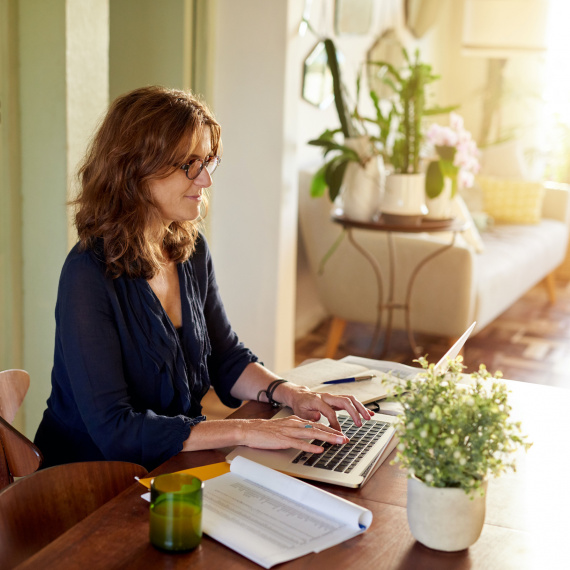
For Liz Grantham, founder of TheOptimal.me, sitting for up to seven hours a day was doing her no good. ‘Like most of us, I carry a fairly intense daily load: relentless, tight deadlines, client demands and endless problem-solving,’ she explains. ‘Around six years ago, my stress levels were rocketing, and my psychologist strongly advised me to make regular exercise a priority.’
For more on the impact of sitting, read this article
A single functional movement class was the catalyst Liz needed not only to get off her butt – but to start a whole new way of living and being. ‘As I followed the gentle movements I started to feel a difference,’ she recalls. ‘By the end of the class I felt energised and even surprisingly happy and motivated to return. Integrated functional movement was my game-changer.’
As mid-lifers, we don’t all need to be perfectly muscled and 100% fitness focused. ‘But we can be healthy and feel well enough to continue to do the things we love – to participate in life and with our families, travel, work, feel energised and be mentally and physically independent for the many years ahead,’ Liz says. ‘Movement is the key to staying youthful’.
Did you know?
The link between illness and sitting first emerged in the 1950s, when researchers found double decker bus drivers were twice as likely to have heart attacks as their bus conductor colleagues. This is because the drivers sat for 90% of their shifts, while the conductors climbed about 600 stairs each working day.
Simple ways to keep you moving while you’re at home:
- When you’re tidying up, put items away in small trips rather than taking it all together.
- Walk around when you’re on the phone.
- Rather than sitting down to read, once in a while, listen to a few audio books or podcasts while you cook, clean, or work in the garden.
- Where possible, walk instead of taking transport.
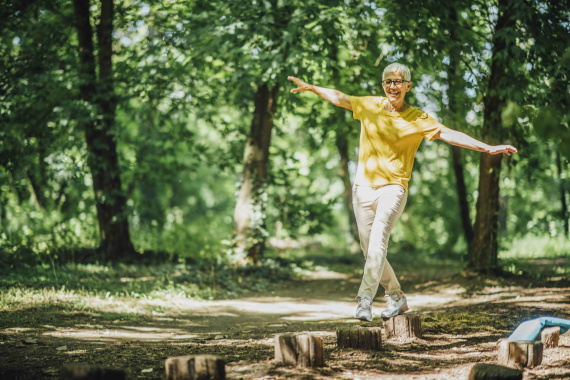

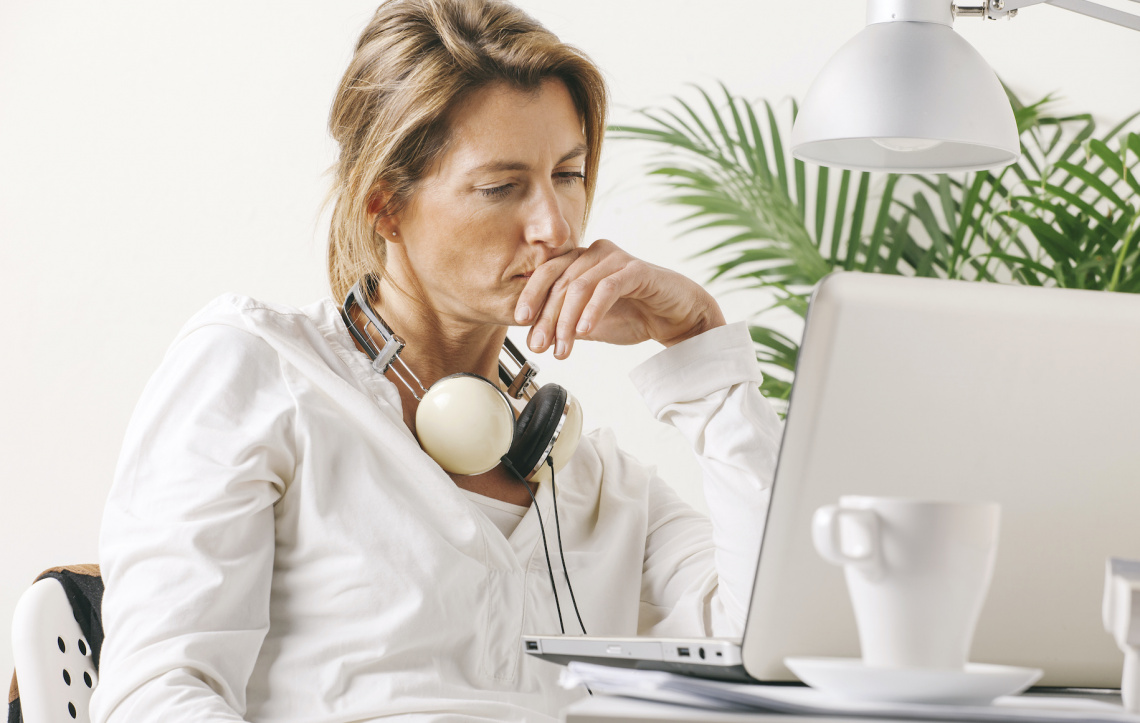
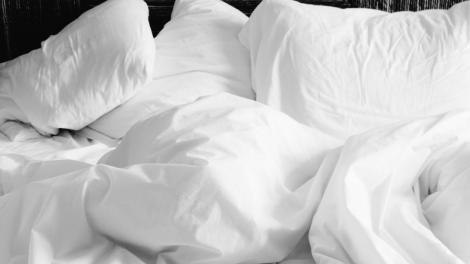




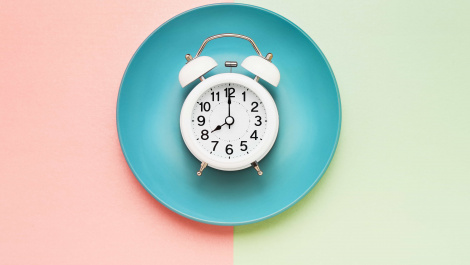
Comments